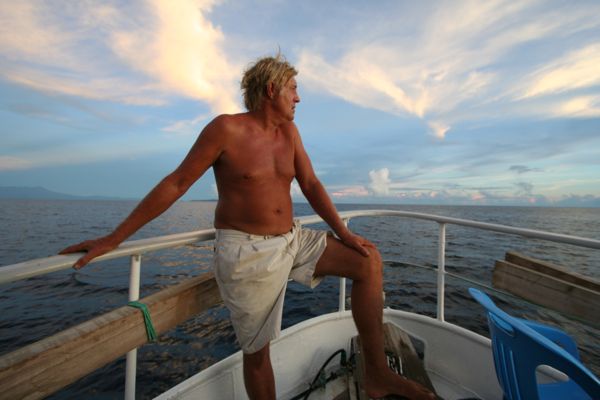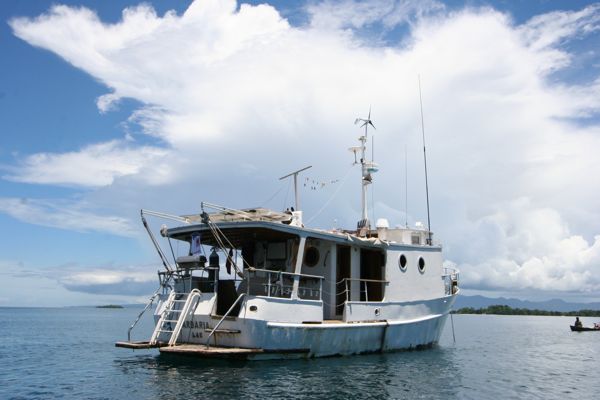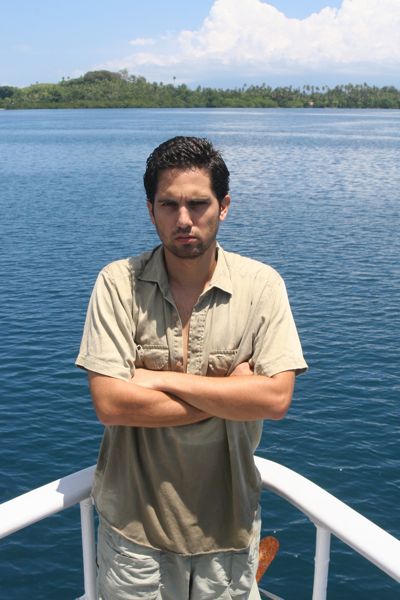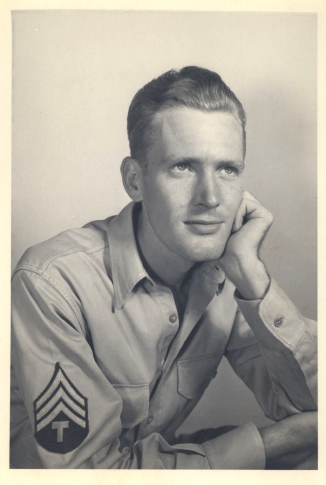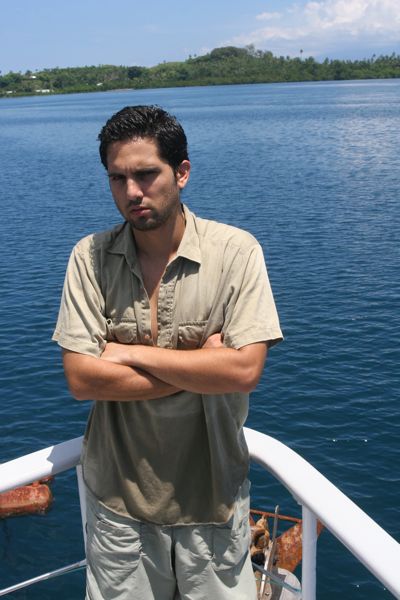December 11, 2007 @ 2:01 am GMT-0500
December 11 (Night Before Trial)
35th day of captivity, T minus 1 day until court
Someone asked me if “war relics” were worth all this fuss. In response, I reflected about what “war wrecks” mean to me, and how I came to be interested in them and their future.
My first experience with a World War II wreck was with my grandfather. In 1993, he took a trip to revisit some of the places where he had served in the Pacific, and took me along. He was 75 at the time, and I was 15. Aside from being my first trip overseas, I was aware that it would be a once-in-a-lifetime experience.
New Guinea was the highlight. Despite all the travel warnings we had heard and our worries about safety, the place was incredible! The people, the sights and sounds, the wildlife! The highlight for me was the day we visited the remains of a Japanese bomber at a former Japanese airfield. It was wrecked, but all the pieces were still there — the wings, the tail, the cockpit. The guns were missing, but there were plenty of bullet holes and bomb damage. Even the Rising Sun markings were still visible on the wings and fuselage. I immediately thought, what is this doing here? Why isn’t it in a museum?! Someone should take this away from this place — it is valuable! It was exposed; anyone could walk around it, even touch it. I began to photograph and explore the wreck.
My grandfather, on the other hand, kept his distance. I had crawled into the cockpit at one point, and remember saying: “Grandpa, this is amazing! Can you believe this is still here! This is so cool!” But he was lost in the past. After a long pause, he replied: “The last time I saw one of these, it was not ‘cool.’ Two of them were bombing the beach where we landed. They hit an ammunition dump, creating a large fire. I spent that night sleeping in a bomb crater. At the bottom was a dead and rotting Japanese corpse. That was my first night in combat — there was nothing cool about it.”
I realized then that this was a relic — something important, something ghostly, and something different from the fully restored planes I had seen at air shows and museums. This was a Pacific Ghost. This was history. This was a monument.
A little later, as we prepared to leave the area, I picked up a small scrap of metal to take home as a souvenir. Grandpa spoke up again: “Leave it in the jungle, if this ghost haunts you, come back to see it again.”
This experience ignited my interest in the relics of war, and a deep respect for these undisturbed monuments of the past. Who flew this bomber? How did it crash? Why did it remain undisturbed today? Also, what type of bomber was it? It was certainly Japanese; I could see that it had two engines and a single tail. That, at least, I was sure about. I bought a reference book, Japanese Aircraft by Rene Francillon (a $50 book — all my lawn-mowing earnings from that summer). Pouring through the book’s 500+ pages, containing schematics for each type, I finally identified it as a Nakajima Ki-49 “Helen,” a Japanese Army medium bomber.
I also found a copy of Charles Darby’s Pacific Aircraft Wrecks and Where to Find Them. With this discovery I realized that others, too, were interested in these wrecks. Darby’s photos and research were amazing — this book is the bible of what’s out there, and Darby is the forefather of Pacific aircraft wreck research.
Since then, I have personally visited over 250 wrecks ‘in situ’ from the Pacific War. Some are nothing more than a propeller or bits of hardware that don’t even look like an airplane. Others are so intact they take your breath away, and little imagination is needed to see into their 60-plus-year past. Like the wrecks of Ballale, many stand on their gear, some with instrument panels intact, seemingly ready to fly away. I remember the wing of one Zero I discovered with its Rising Sun (Hinomaru) still brilliantly red. And finally, the best of them all, the B-17 “Swamp Ghost.”
Certainly, and many agree, there is something captivating about wrecks. Each has a story to tell, and I want to make them talk. When removed and brought to a restoration shop or clean museum setting, something about them changes. The “ghostly” part is gone. They become just parts, images, easy to dissociate from the men who flew them, maybe even died aboard them. Since World War Two, we have had new wars, which also deposit wreckage. But post-WWII crashes generally occur at higher speeds and involve jet fuel, so they leave behind far less wreckage, or are followed by top-secret cleanup operations conceived to protect sensitive aircraft design information. In fact, I can think of only a few post-WWII aviation crashes that left memorable wreckage: The B-29 “Key Bird,” the B-52 in the Lake at Hanoi, and the Black Hawk Helicopter crash in Mogadishu. Any civilian aircraft or Space Shuttle crash is meticulously parceled and collected by authorities. The advent of “black box” and GPS tracking technologies means that a plane rarely utterly disappears the way it so often did in WWII. This means that the future will add few, if any, new aircraft wrecks that have the same quality of history intact.
And what of the Japanese wrecks of Ballale? Arguably, Ballale is the last location in the Pacific, and possibly on earth, with so many intact wrecks in one location. Time has left the island untouched, and the relics remain where the war left them. For over 500 British POWs, an unknown number of Japanese, and at least three American aviators that died there, it is a war grave. We had hoped to attend a memorial service there on November 11 and visit the rebuilt British Memorial.
Ballale is a natural museum, if nothing else; all it needs are paths to be cleared and placards installed at a few key locations. Locals already know the sites, and can easily collect donations for the community fund, as they do at other wrecks, including “Yamamoto’s Betty” (a Mitsubishi G4M bomber, carrying the commander-in-chief of Japan’s combined fleet, which had been scheduled to land at Ballale for an inspection, but was instead shot down by P-38s).
The decision of what is to be done with Ballale’s wrecks now rests with the Solomon Islands Government, Museum, Chiefs, and Citizens. If they sell them, I hope it is according to the terms of their legislation, and for the nation’s greatest possible financial benefit. If they want tourism, we will be back to study this historic island. If the aircraft are exported overseas, the world will be watching to see where they end up. The story is unfolding now.






